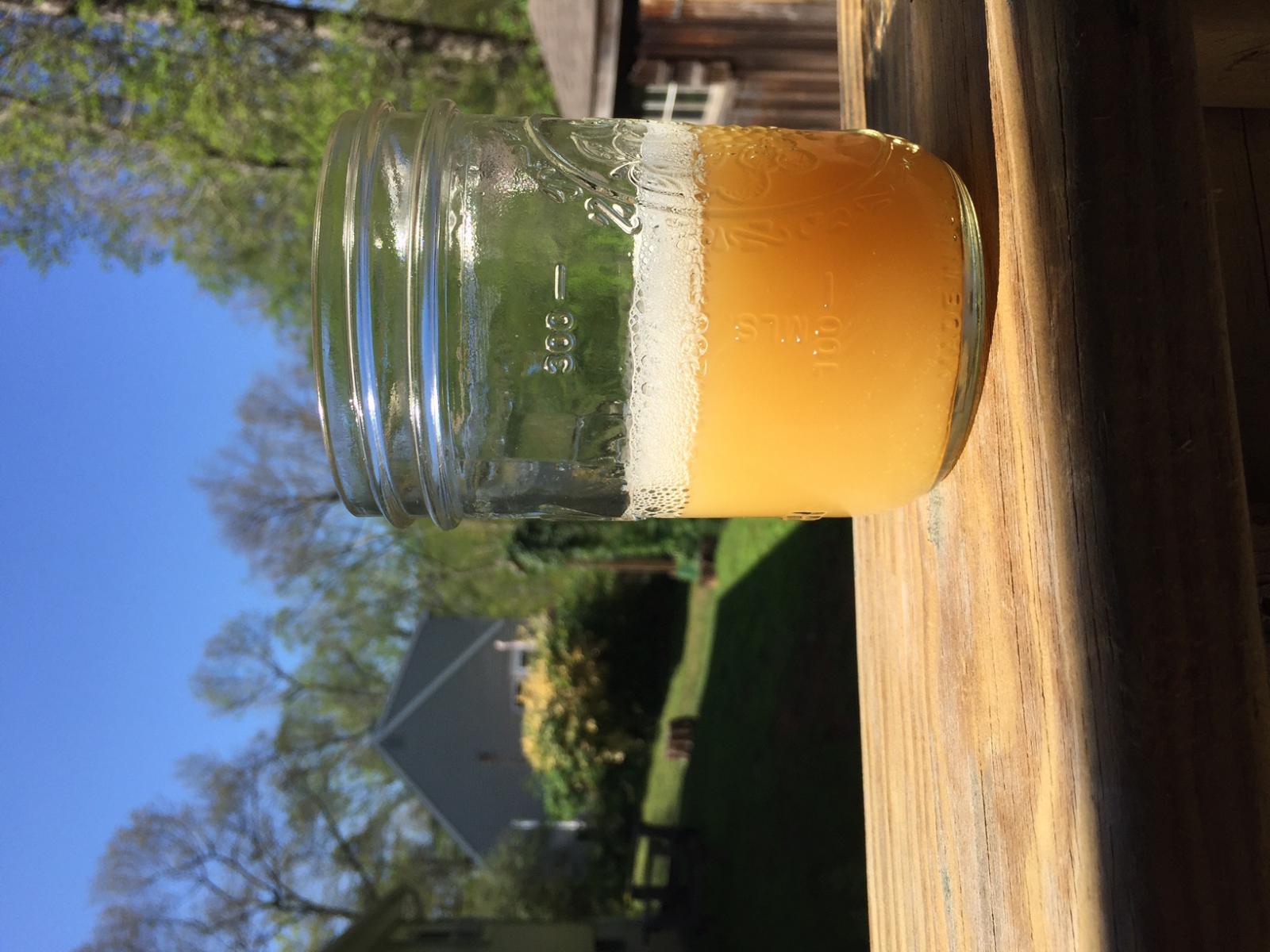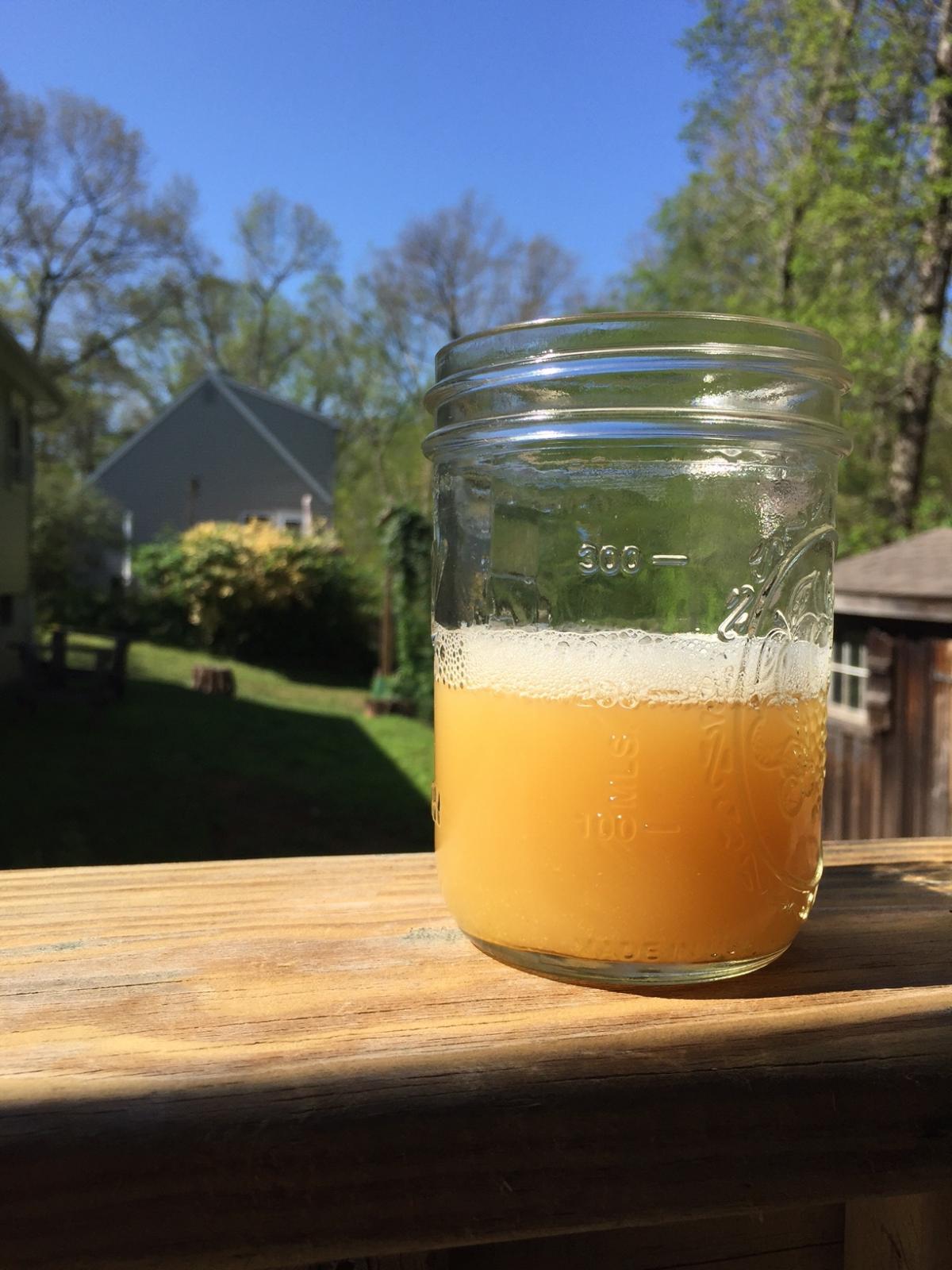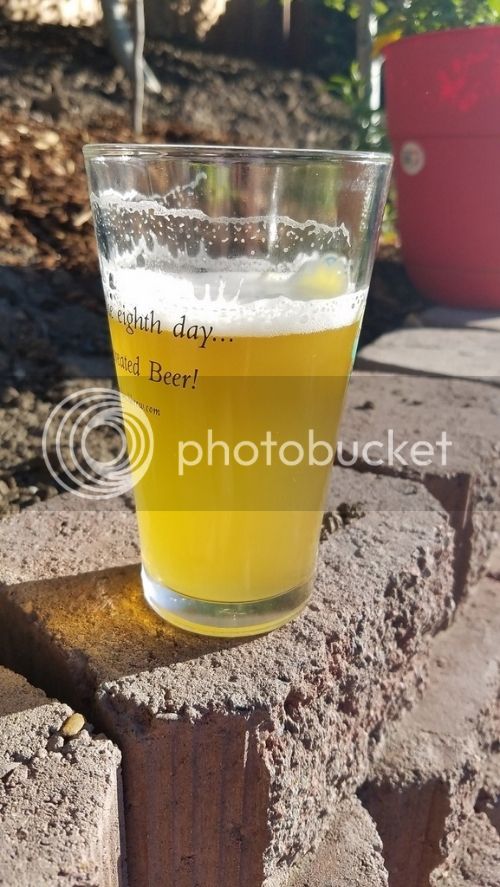Braufessor,
I'm currently brewing my second batch of this amazing beer, and have a question about the flame-out hops. After flame-out, about how long does it take you to get down to the 160 degree temp? I ask because it doesn't take me long to get to 160 degrees if I use my counterflow chiller to get there. I use well water to chill and its sitting around 52 degrees out of the ground. In fact I brewed a lager a couple of weeks ago and chilled the kettle down below 60 degrees and the kettle was actually sweating it was so cold. If I just wait to come down to 160 without the chiller, it would take at least 20 minutes or more I'm guessing. If I had a ballpark time i would just let it sit there until the allotted time then chill to 160.I'm thinking 15 minutes or so. What do you think?
Pics are the 1st batch I made along with the label I put on my tap handle.
Thanks in Advance
















































![Craft A Brew - Safale BE-256 Yeast - Fermentis - Belgian Ale Dry Yeast - For Belgian & Strong Ales - Ingredients for Home Brewing - Beer Making Supplies - [3 Pack]](https://m.media-amazon.com/images/I/51bcKEwQmWL._SL500_.jpg)















